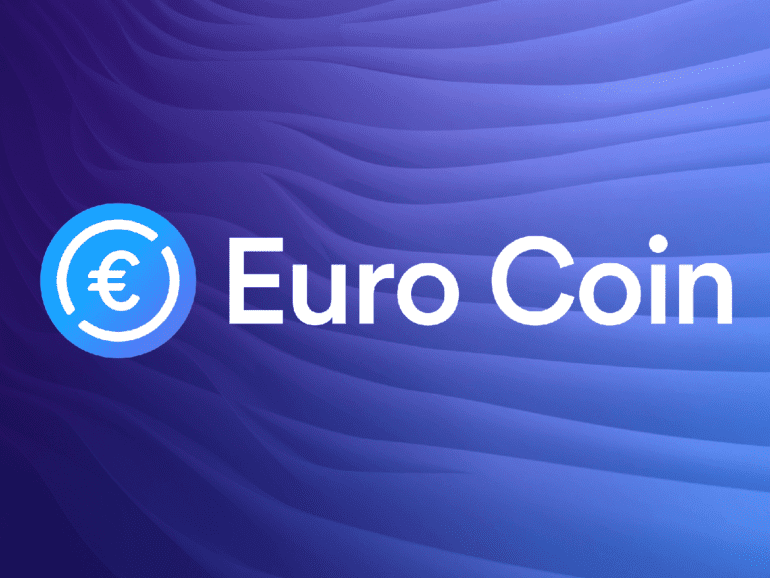On June 16, 2022, Circle Internet Financial Ltd announced the launch of its fully reserved euro-backed stablecoin. The project has been christened ‘Euro Coin,’ or ‘EUROC,’ and will be the first stablecoin back by the Euro on ethereum. It plans to expand to additional blockchains later this year and is due for release in June. 30, 2022, to institutional investors.
By depositing euros into their Circle Accounts via Silvergate’s Euro SEN network, businesses will be able to mint their own Euro Coin.
According to Circle’s website, introducing Euro Coin ” will enable people and businesses to easily move euro liquidity on-chain with a stablecoin they can trust, providing transformative benefits to the crypto ecosystem. With Euro Coin and USDC, companies can tap new markets and transact faster on-chain with the world’s most widely-used currencies.”
Related:
The ecosystem
Circle has already proved its impact in this space by launching and operating the USD Coin (USDC), the second-largest stablecoin in the industry, with more than $54 billion in circulation as of June 16, 2022.
Consequently, they have a wide range of ecosystem leaders supporting Euro Coin on launch day, including:
- Exchanges: Binance.US, Bitstamp, FTX, Huobi Global
- DeFi: Compound, Curve, DFX, Uniswap Protocol
- Custodians: Anchorage Digital, CYBAVO, Fireblocks
- Wallets: Ledger, MetaMask Institutional
Developers can also start building with the Euro Coin smart contracts.
To maintain its peg, the EUROC will only rely on the strength of its reserves. An equivalent amount of euro-denominated reserves will back each Euro Coin.
In addition to moving euro liquidity on-chain, businesses can make euro payments globally that are settled in minutes and access crypto capital markets to trade, borrow, and lend.
The current market
According to Circle, in comparison to dollar-denominated stablecoins, euro stablecoin circulation amounts to just $129 million, and dollar stablecoin circulation totals $156 billion.
Looking at the market cap as a whole, Statista estimates stablecoins multiplied over 2021, surpassing $100 billion by the summer. In January 2021, for instance, the market cap was estimated to be around $30 billion.
Speaking on the trends of stablecoins, Timo Lehes, co-founder of Swarm Markets and a fintech and blockchain investor, explains, “it is a positive signal that important crypto projects can proceed in this environment.

Stablecoins are an essential aspect of the wider crypto ecosphere, and Circle has a form for providing them with USDC—already a well-embedded option for the market.
The addition of EUROC as it has been designated will be a welcome addition to the stable.
The Euro area is a significant player in the crypto sector, so having euro-denominated stablecoin available is essential.
“While much focus is put on the US, the EU is a competitive space for the industry, especially concerning open and constructive regulatory parameters in regions such as Germany, where BaFin regulates Swarm.”
Regulation
Having said that, since Terra’s UST collapse, de-pegging, and subsequent devaluation, stablecoin has become a hot topic, and regulators are paying attention.
As a significant milestone in the crypto industry’s history, this event adds to a broader narrative of the future of stablecoin regulation.
Lehes takes a pragmatic outlook when looking at regulation.
“It is essential now for regulators to consider developments in the stablecoin space and enable their utility and security at a trying time for valuations. Improving systemic liquidity and stability will be essential to take the sector through the difficult days ahead.”


